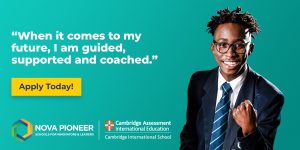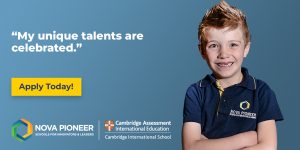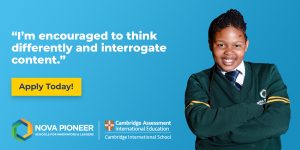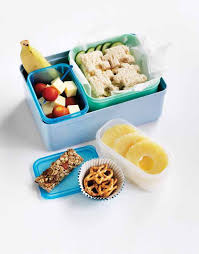Why Parents Should Consider a Cambridge Curriculum for their Children
We live in an ever-changing and demanding world and children will be presented with opportunities and challenges, many of which will be new to their parents. The Cambridge curriculum was adopted by Nova Pioneer with the aim to equip students with the skills required to not only cope in the 21st
We live in an ever-changing and demanding world and children will be presented with opportunities and challenges, many of which will be new to their parents. The Cambridge curriculum was adopted by Nova Pioneer with the aim to equip students with the skills required to not only cope in the 21st century but to thrive in it.
Nova Pioneer delivers the Cambridge curriculum using a unique blended and enquiry-based learning model. With this, we persistently challenge our students to aim high and achieve beyond the ordinary, to seek out opportunities and research solutions that enable them to shape the world they live in. This is another reason why parents should consider a Cambridge curriculum for their children.
Cambridge curriculum offers students flexibility
The four stages of the Cambridge curriculum leads seamlessly from primary to secondary and pre-university years. Each stage – Cambridge Primary, Cambridge Lower Secondary, Cambridge Upper Secondary and Cambridge Advanced – builds on the learners’ development from the previous one, but can also be offered separately.
The Cambridge progression pathway in Secondary School at Nova Pioneer begins with Lower Secondary in the first and second year of Secondary School. The focus in these years is mostly on laying a very strong base in mathematics, science, and literacy in order to facilitate the high expectations of the International General Certificate of Secondary Education (IGCSE) and Advanced Levels (A-Levels).
IGCSE in the third and fourth year of high school is in itself an exit phase that provides students with an internationally recognized certificate that allows them access to tertiary institutions and the workplace. Depending on their performance in the IGCSE, students have a choice to do their Advanced Subsidiary Level (AS-Level), which is a university preparation phase that is academically intensive.
Students can also opt to do the A-Levels or Grade 13 over two years, which is the preferred option for stronger academic candidates as universities give higher Admission Point Scores (APS) for A-level study. This can make students more competitive for admission into highly selective institutions, courses, or admission into international universities.
Cambridge versus Curriculum and Assessment Policy Statement (CAPS)
When faced with the choice between CAPS and Cambridge, parents often have questions as to what are the fundamental differences between the two curricula. Firstly, CAPS, as with any state offered curriculum, is aimed at mass progression. The aim of state curricula is to support the bulk of the population through the curriculum and provide general literacy for as many students as possible, hence the lower pass requirement. Cambridge, especially after the IGSE’s, is primarily focused on tertiary preparedness and progression (at an international level), with significantly higher pass requirements.
With the CAPS curriculum, students have a wider range of subject choices, however, these are not covered in as much depth as those subjects offered as part of the Cambridge curriculum. Furthermore, given its aim of mass progression, CAPS offers a very set curriculum with prescribed resources and textbooks, which fully cover the content examined. Conversely, the Cambridge curriculum offers teachers more flexibility to bring their own interpretation to the material. Lastly, CAPS’ final exams focus on the assessment of the content, whereas with Cambridge, it’s the assessment of skill.
The Cambridge curriculum teaches students to develop an intentional interest and desire for learning, and it also equips them with the necessary skills required to succeed at major universities and corporate companies anywhere in the world. It provides students with an internationally recognized education that prepares them to compete globally in pursuit of their academic and career development.









